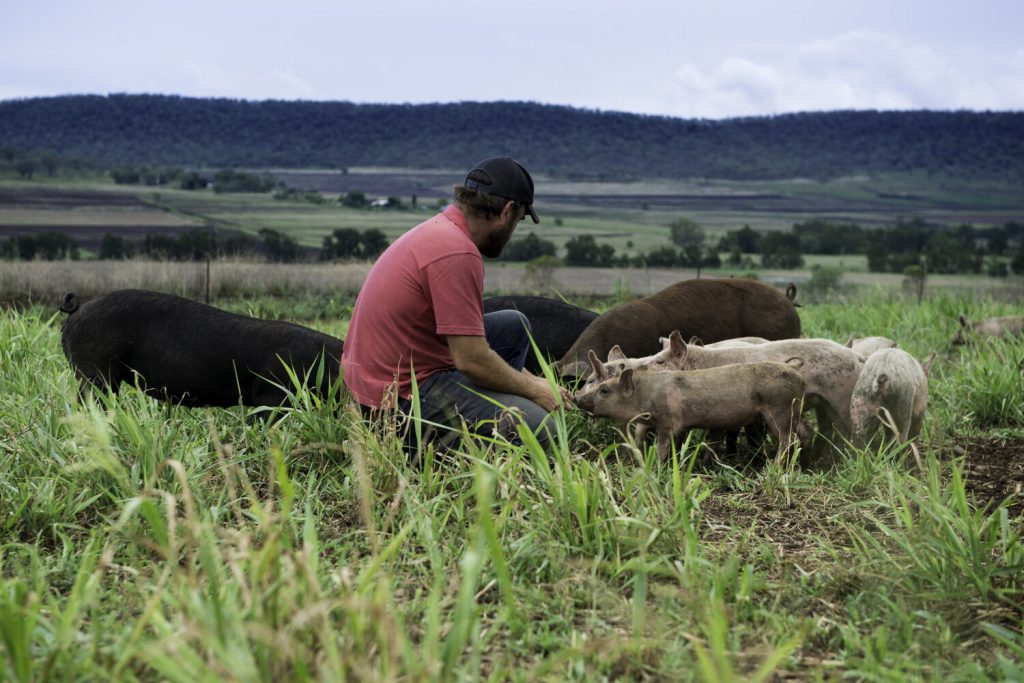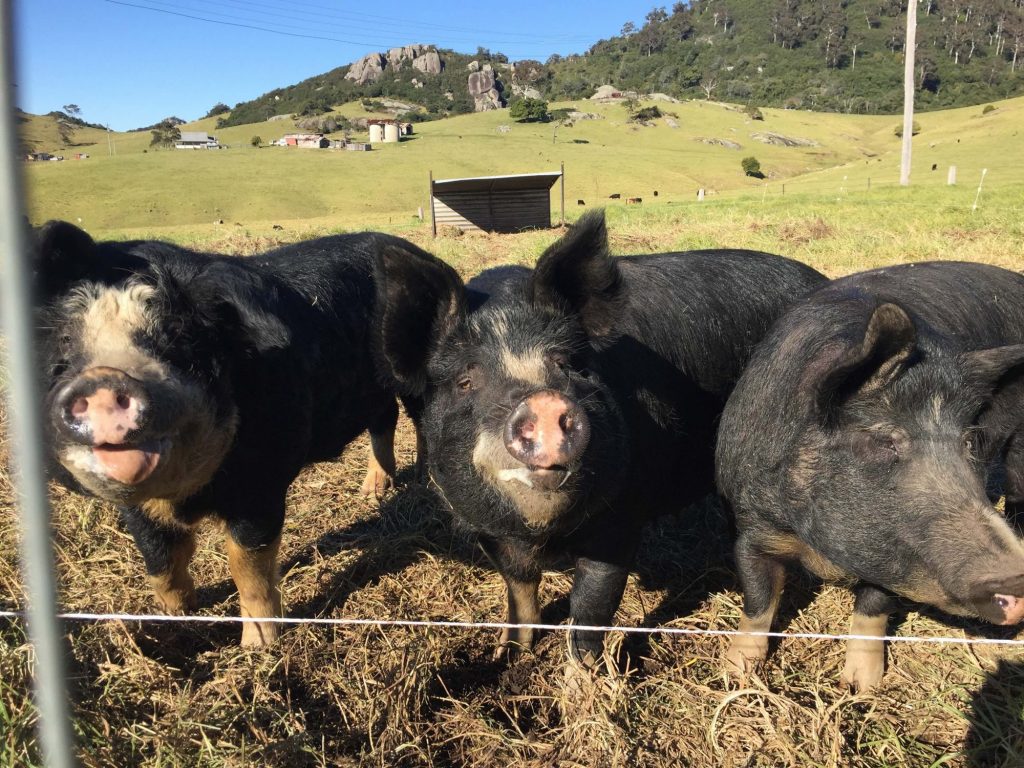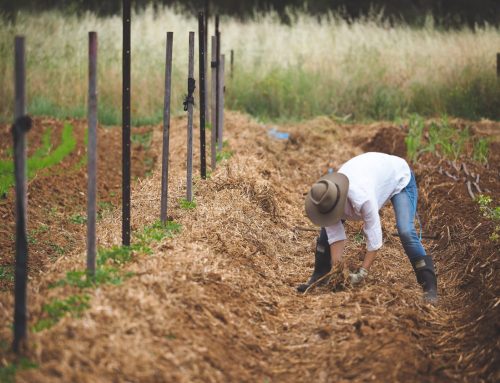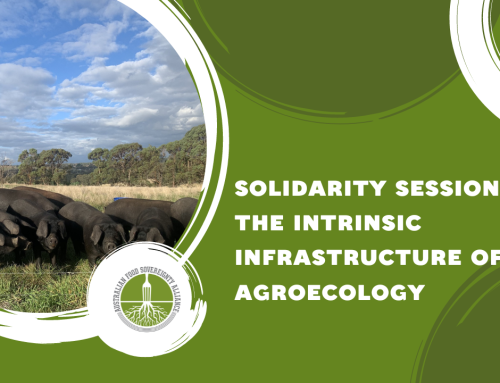Last night, 24 May, as part of the International Planning Committee for Food Sovereignty (IPC), AFSA addresssed the meeting of the scientific advisory body of the Conference of the Parties to the Convention on Biological Diversity. The IPC intervention called for action plans being developed for the conservation of soil biodiversity to put greater focus on recognising, supporting and securing the role and rights of indigenous peoples and small-scale food producers in maintaining biodiversity through agroecology.
The IPC’s voice in these meetings is critical to ensuring that the voices of indigenous peoples and peasant and small-scale producers are heard in these high-level negotiations which will guide the actions of governments and INGOs to conserve and protect crucial biodiversity in the coming decade.
The IPC’s intervention was supported by several national governments, which demonstrates the importance of months and years of groundwork by social movements, producers, and other food sovereignty supporters around the world to bring the voice of civil society into these negotiations, to put agroecology front and centre, and to ensure that peasants and indigenous peoples are included in global decision-making on these issues.
Read the full intervention below:
IPC Intervention to the 24th meeting of the Subsidiary Body on Scientific, Technical and Technological Advice (SBSTTA) for the Convention on Biological Diversity.
Agenda Item 7: Biodiversity and Agriculture
The International Planning Committee for Food Sovereignty (IPC) welcomes item 7’s focus on soil biodiversity, which has long been and still is best preserved by peasants, pastoralists, forest dwellers, indigenous peoples and other small-scale food producers who feed the majority of the world.
However, there appear to be two serious omissions from the Draft of the Action Plan 2020-2030 (ref: CBD/SBSTTA/24/7/Rev.11, annex II). First, there is no mention of agroecology in the Action Plan, and second, there is a continued lack of recognition of small-scale food producers as identified by UNDROP.
The Action Plan should place emphasis on the fundamental role of agroecology in restoring, maintaining and developing soil biodiversity. In Element 2, “Encouraging the use of sustainable soil management practices”, neither agroecological practices of peasant and indigenous communities nor related traditional knowledge are directly mentioned among activities that preserve soil biodiversity.
As stated in point 45 of the background document and as recognised in Decision XIII/3,2 paragraph 27, “the Conference of the Parties recognised the important contribution of indigenous and local communities, in particular as managers of centres of origin of agricultural diversity, and their role in the management and restoration of critical ecosystems, ecological rotation and agro-forestry”. It is therefore an even more glaring omission that our role in the maintenance of biodiversity is not given explicit recognition in the Action Plan.
Rather than the repeated use of the ill-defined ‘sustainable agriculture’, the Action Plan must call for an agroecological transition if we are to genuinely protect and preserve biodiversity below and above ground.
We recommend the addition of a fifth objective to the Action Plan: 5) Recognising, supporting and securing the role and rights of indigenous peoples and small-scale food producers in maintaining biodiversity through agroecology.
Finally, we join others in warning against the inclusion of language not defined under the CBD, such as ‘nature-based solutions’ that can potentially open doors for ‘mitigation pathways’ such as large-scale afforestation that are neither ‘natural’, nor ‘solutions’ and distract from genuinely transformative actions. The CBD has its own well-defined terminology in ‘ecosystem-based approaches’ (decision V/6), and should continue to use these rather than adopting new, vague, and undefined terminology.
Industrial agriculture, especially deforestation and monocultures for livestock feed, the over-use of antimicrobials in intensive livestock production, and the attendant loss of distinctive breeds of plants and animals have severe consequences for soil fertility and biodiversity. Action must be directed towards agroecological solutions which support biodiversity in all its forms and at all levels (genetic, species, and agroecosystem) . This must be addressed in the currently proposed targets 1, 6, 9, 13, 14, 15, 16 and 17 in the GBF.
We hope to see parties support our calls for recognition of agroecology and the role of Indigenous Peoples and small-scale food producers in conserving and sustainably using soil biodiversity.






